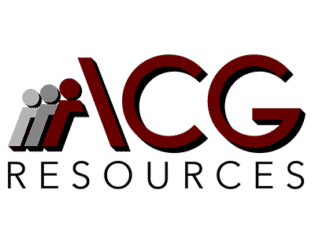Rethinking external recruiting and embracing internal career pathing has emerged as a strategic imperative for organizations seeking a competitive edge in talent management. This paradigm shift fosters employee engagement and loyalty and enhances organizational agility and resilience.
In this blog post, we’ll delve into the significance of internal career pathing, its benefits, and how organizations can effectively implement this approach to attract, develop, and retain critical talent.
The Limitations of External Recruitment
External recruitment has long been the default strategy for filling organizational talent gaps. However, this approach presents several inherent limitations:
- High Costs: External recruitment processes incur substantial costs in terms of advertising, recruitment agencies, and onboarding expenses.
- Cultural Misfit: External hires may need help assimilating into the organization’s culture, decreasing productivity and morale.
- Lack of Loyalty: Employees recruited externally are more likely to leave the organization within the first few years of employment, contributing to higher turnover rates.
- Limited Talent Pool: Relying solely on external candidates restricts internal talent access, overlooking individuals with valuable skills and experience.
The Case for Internal Career Pathing
Internal career pathing involves systematically developing and advancing existing employees within the organization. This approach offers numerous benefits that address the shortcomings of external recruitment:
- Cost-Effectiveness: Investing in developing internal talent is more cost-effective than constantly sourcing external candidates. Internal hires require less training and have a shorter ramp-up time, resulting in significant cost savings.
- Cultural Alignment: Internal candidates are already familiar with the organization’s culture, values, and processes, reducing the risk of cultural misfit and ensuring smoother integration into new roles.
- Enhanced Engagement and Retention: Providing employees with clear career advancement opportunities fosters higher levels of engagement, motivation, and loyalty. Employees are more likely to stay with the organization when they see a viable path for growth and development.
- Talent Pipeline Development: Internal career pathing enables organizations to proactively identify and nurture high-potential employees, building a robust talent pipeline for future leadership positions.
Implementing Internal Career Pathing Successfully
While internal career pathing offers compelling advantages, its successful implementation requires a strategic and systematic approach:
- Transparent Communication: Organizations must communicate clearly with employees about available career paths, skill requirements, and advancement criteria. Transparency fosters trust and empowers employees to take ownership of their career development.
- Skills Assessment and Development: Implementing robust skills assessment processes allows organizations to identify gaps and provide targeted development opportunities for employees. This could include training programs, mentorship initiatives, and job rotations to broaden skill sets.
- Performance Management and Feedback: Regular performance evaluations and constructive feedback are essential for guiding employees’ career trajectories. Managers should engage in ongoing dialogue with employees to understand their aspirations and provide support accordingly.
- Leadership Buy-In and Support: Leadership commitment is critical for the success of internal career pathing initiatives. Senior executives should actively champion talent development efforts and allocate resources to support employee growth and progression.
- Flexibility and Agility: Organizations must adapt to changing market dynamics and employee needs. Flexibility in career pathing allows for personalized development plans tailored to individual aspirations and organizational requirements.
Conclusion: Embracing a New Era of Talent Management
In conclusion, the traditional approach of relying solely on external recruitment to fulfill talent needs is no longer sustainable in today’s dynamic business environment. Organizations must embrace internal career pathing as a strategic imperative to attract, develop, and retain critical talent.
By investing in the growth and advancement of existing employees, organizations can foster a culture of continuous learning, innovation, and excellence. The journey towards reinventing talent acquisition begins with a shift in mindset and a commitment to nurturing the potential within. Are you ready to embrace the future of talent management?
In the ever-evolving talent management landscape, internal career pathing stands out as a beacon of opportunity and growth for organizations and employees. As we navigate the complexities of the modern workplace, let us embark on this journey together, unlocking the full potential of our most valuable asset: our people.







